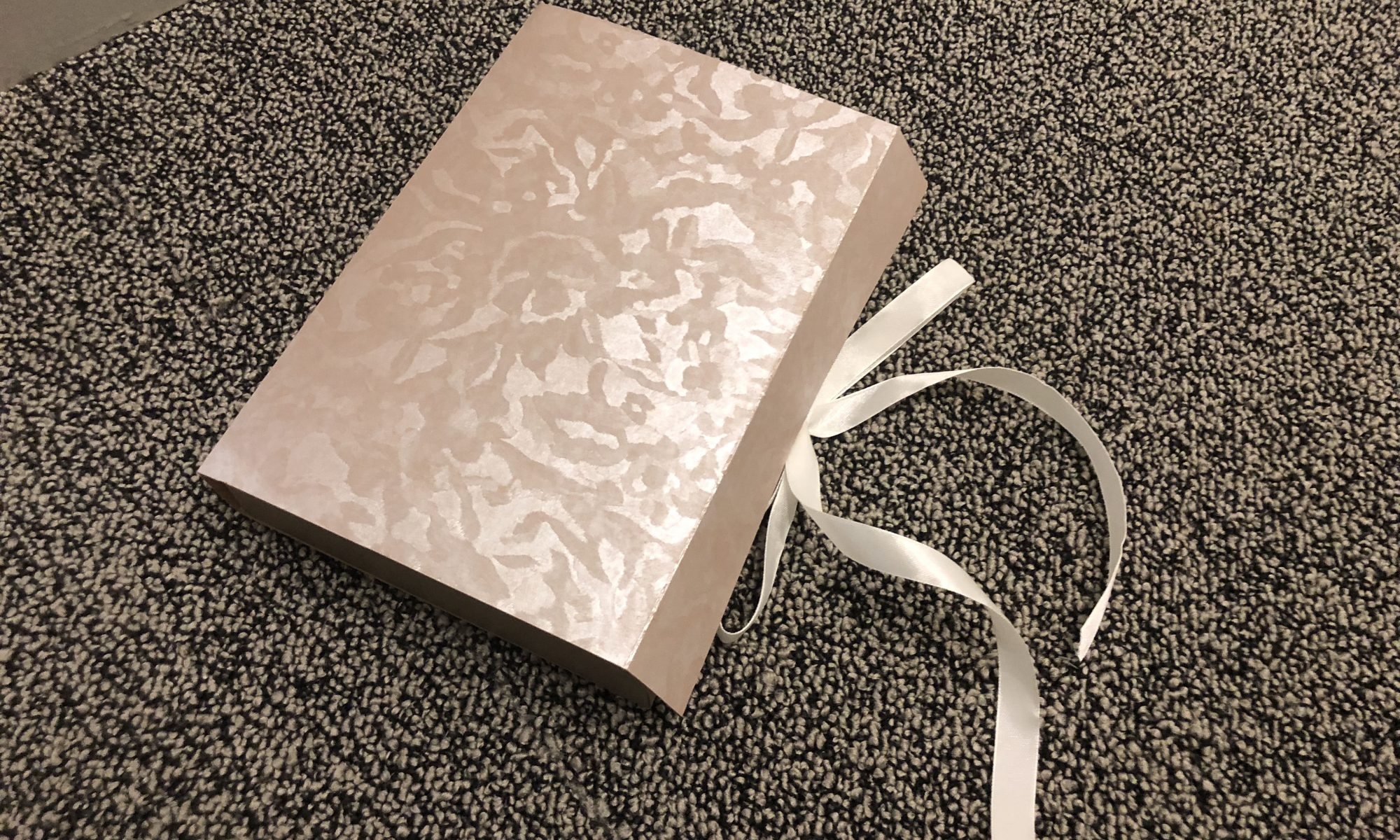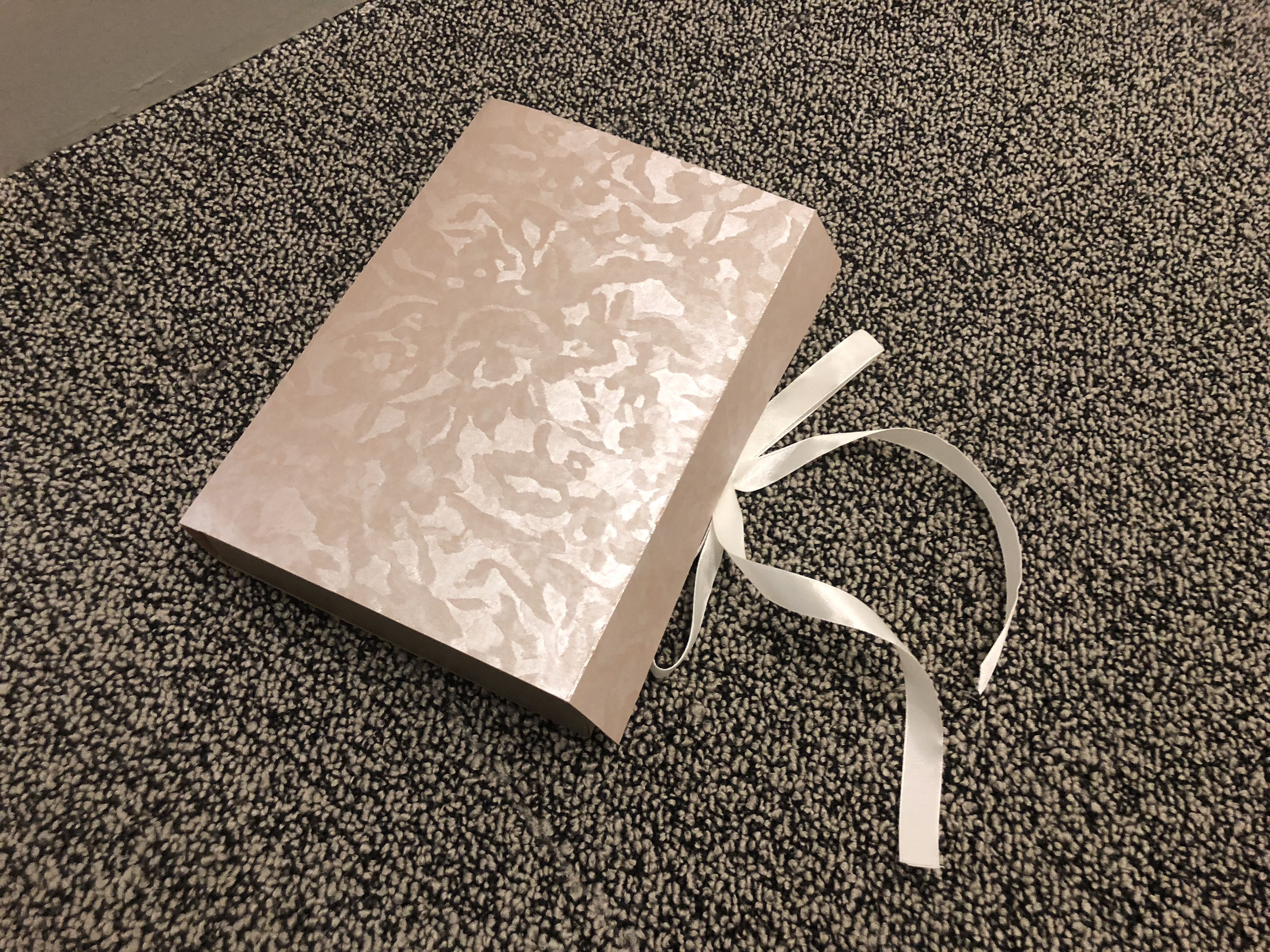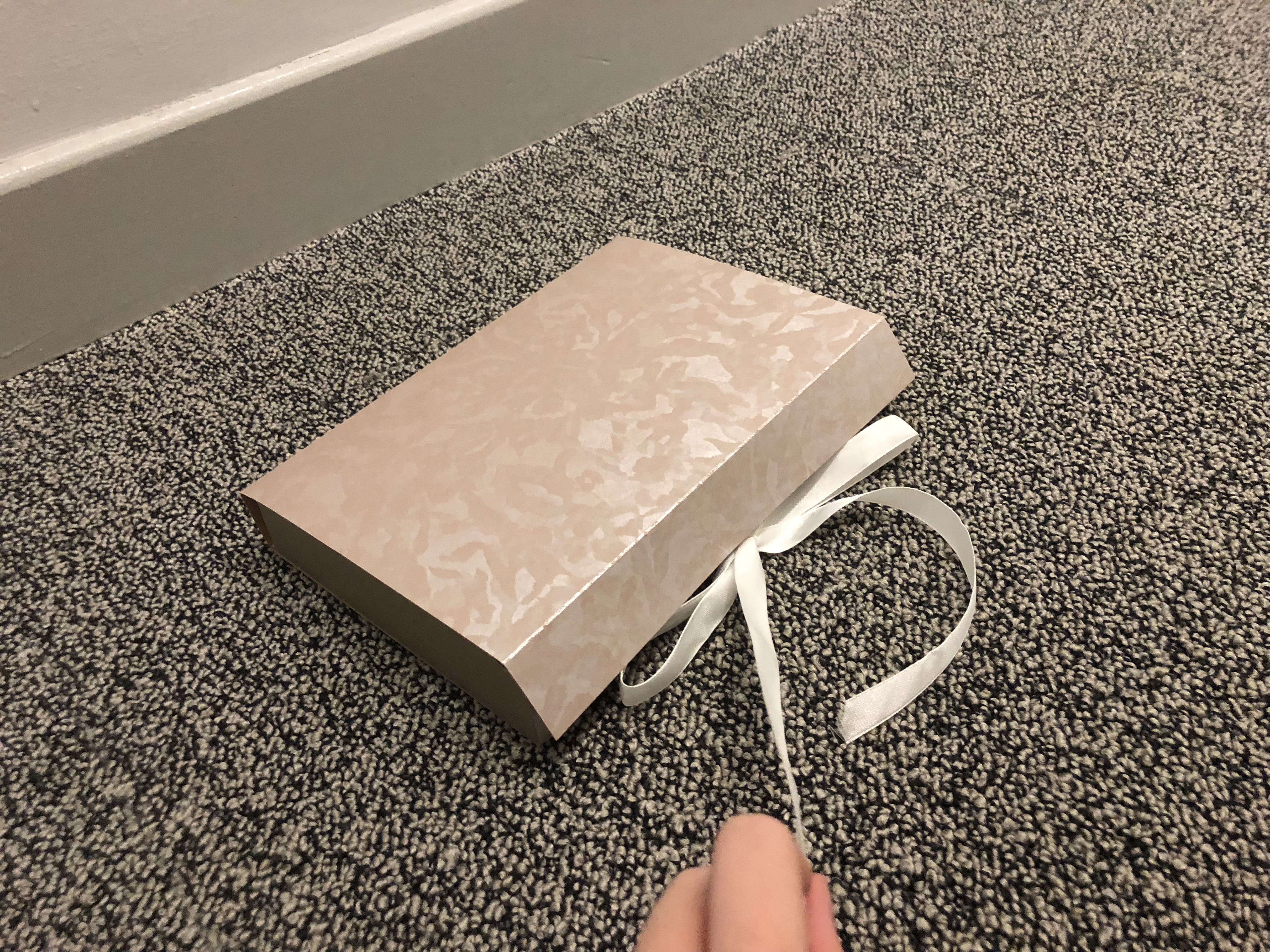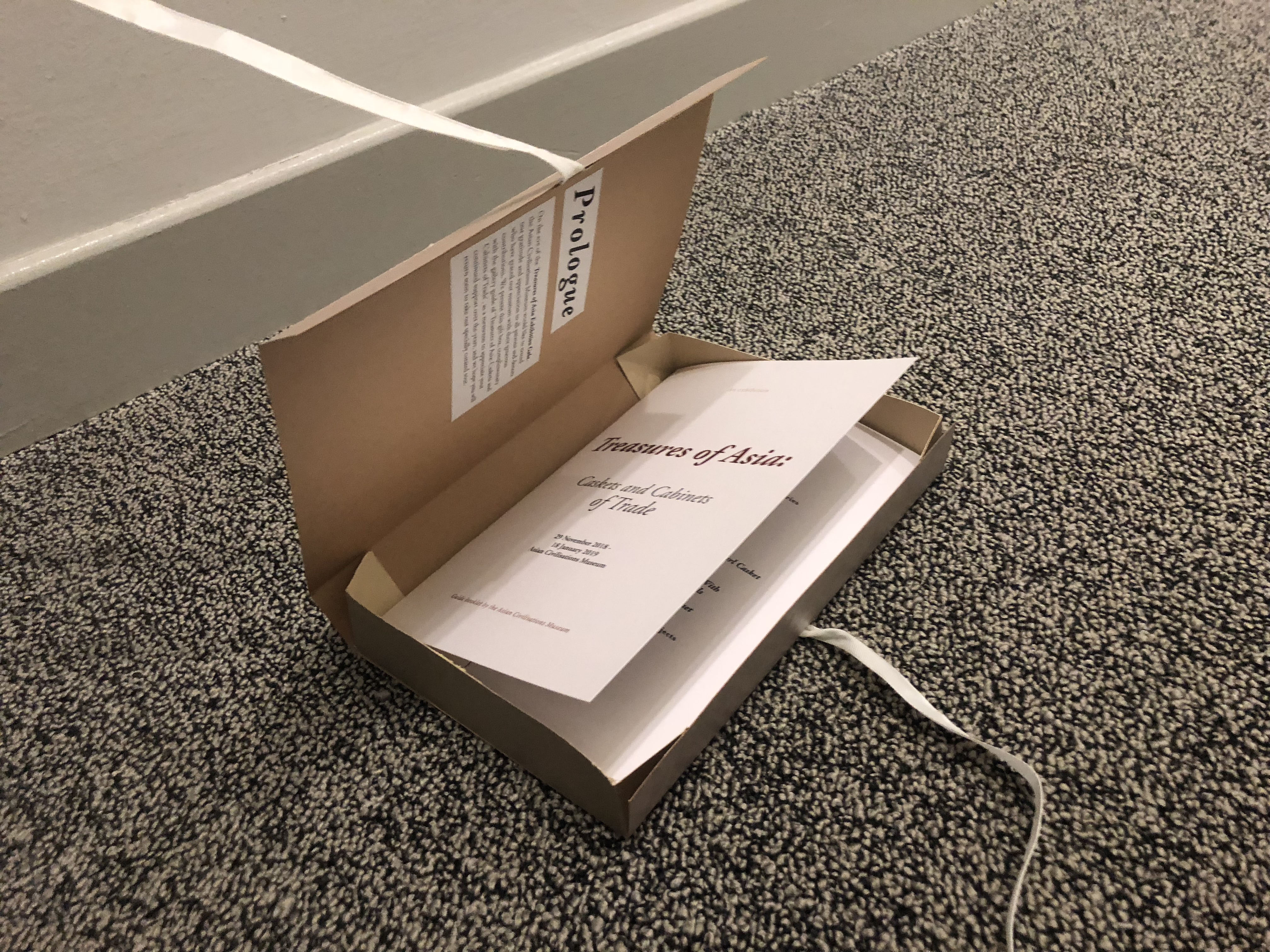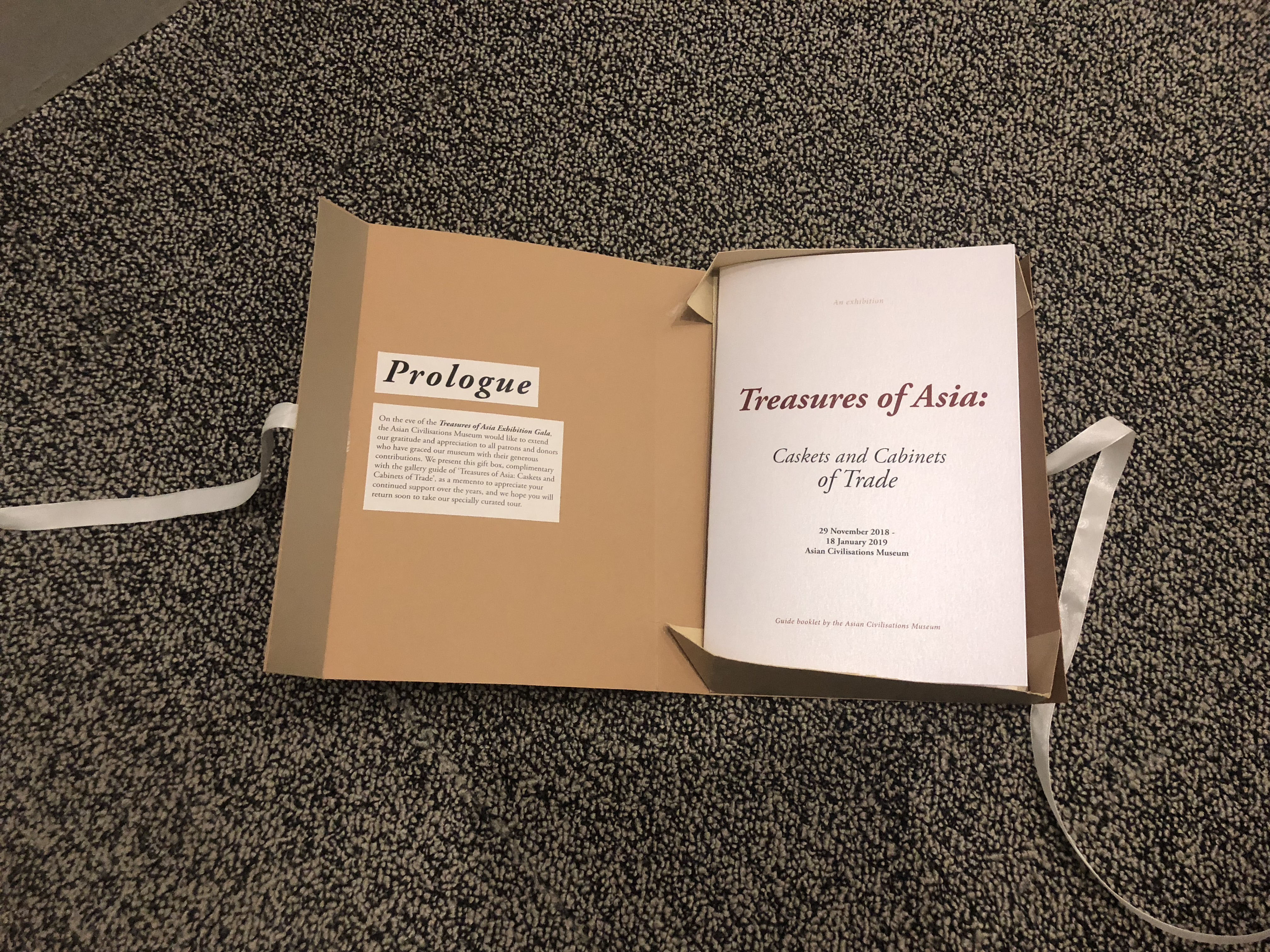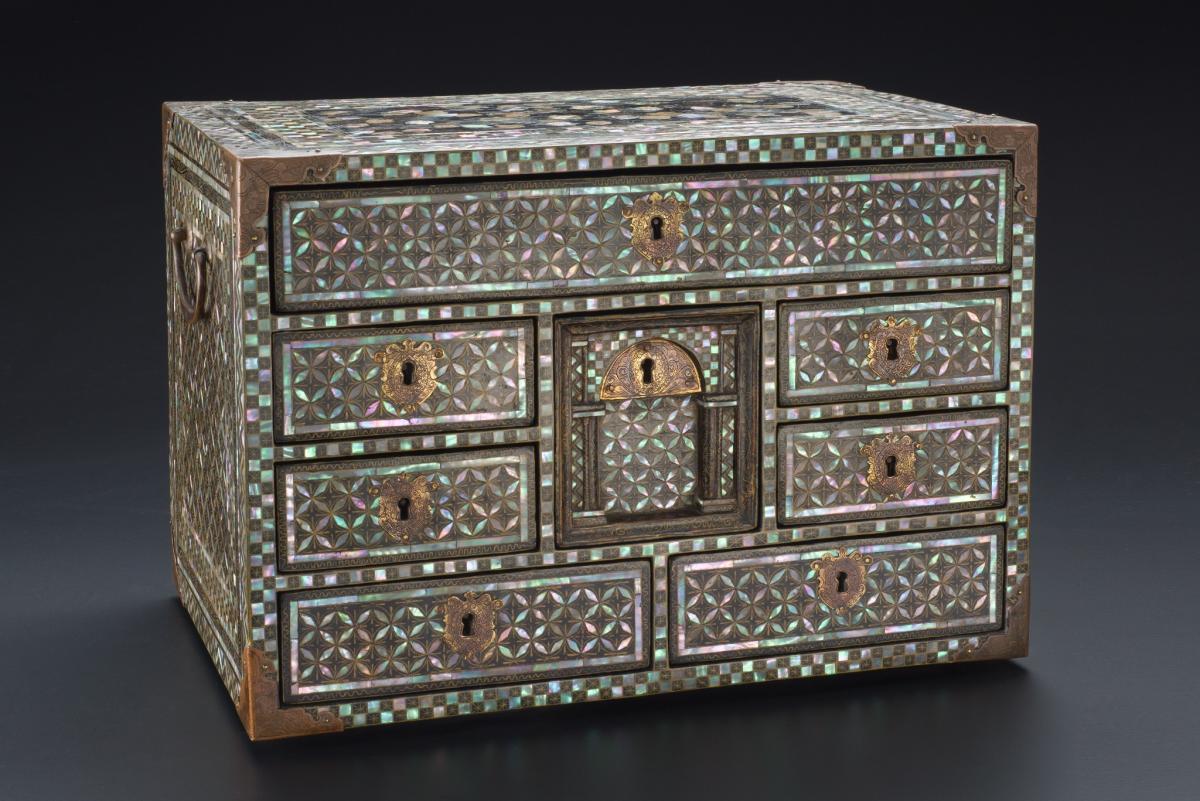Cabinet. Japan, late 16th or 17th century. Wood, lacquer, gold, copper, mother-of-pearl. 2014-00941
Contextual Analysis
“Lacquered furniture was produced in Japan for Europe and European ports in Asia. It was decorated in the so-called namban (“barbarians” from the south) style. In the late 16th and 17th centuries, the word namban was applied to all foreigners except Chinese and Koreans. The style is associated with depictions of foreigners, or objects made in European shapes.”
– Extract from ACM Website
What is lacquer?
Lacquer is the gummy sap of the Japanese tree Urushi, otherwise known as Rhu Verniciflua, which is of a milky gray colour. This sap is usually painted onto wood as it dries down to a shiny, durable, and binding finish that allows for the item to last over long periods of time. Dried lacquer is liquid-resistant, so not only does it make furniture shine, it also preserves fragile materials.
Maki-e Technique
This lacquered cabinet is made using the technique ‘Maki-e’. What it essentially translates to is ‘sprinkled pictures’. Usually, these maki-e decorations are painted with lacquer on the surface of the item and then sprinkled with gold or other metallic dust. This created a beautiful effect that captivated the attention of missionaries who commissioned to use the technique for items such as picture frames and bible stands for churches.
This shows there was a link between the religion Christianity and lacquered Japanese homewares, which was definitely there during the Momoyama Period in Japan (early 16th century) where Catholic missionaries and traders came to Japan.
European traders
This cabinet however is not a native design by the Japanese. The Portuguese were exceptionally dominant in the trade in early 16th century, and they had many ships departing all over the world by the 17th century. It is no wonder that the beauty of lacquered furniture enchanted the attention of Portuguese traders and also the Spanish traders. They wanted to bring back these exotic objects back to Europe for business. Hence, they also introduced these Western-style shapes by ordering them, and this lacquered cabinet is a good example of them. Another was the coffee cup even though the Japanese did not drink coffee at that time period.
Introduction of mother-of-pearl to lacquered objects were also not native to the Japanese traditional lacquered items, but the Spanish and Portuguese wanted their objects to be more luxurious. Hence, they requested craftspeople to lay mother-of-pearl on the maki-e objects and also mark up the prices of the objects in Europe. This technique is known as raden in Japanese.
However, this raden method was not original to Europe either. As the Portuguese have many trade routes within Asia, they probably picked up this style from India where this use of mother-of-pearl technique was particularly common especially in Gujarat.
These foreign styled objects were soon known to the Japanese as ‘namban’ style, which translates to ‘Southern Barbarian’, which was a term used to refer to these ‘foreigners’ from Europe. While the techniques used in the making of these lacquered cabinets and boxes were adopted from Europe and India, the patterns found atop this cabinet were very much by the Japanese craftsmen. The pictures depict some flowers made with precious materials like metal, gold and copper. This particular motif on the top of the cabinet is very much Japanese as they enjoyed incorporating themes such as the four season which often included flowers, plants and trees in their designs. The inlay work of the mother-of-shell pieces are also commonly used by Japanese craftspeople and it is the ‘shippo’ or ‘cash’ pattern of interlocking circles.
However, if you zoom into the details of the intricate keyholes and metal corners of the cabinet, you’d notice the baroque designs that was probably a European motif that was requested to have been put onto the object.

